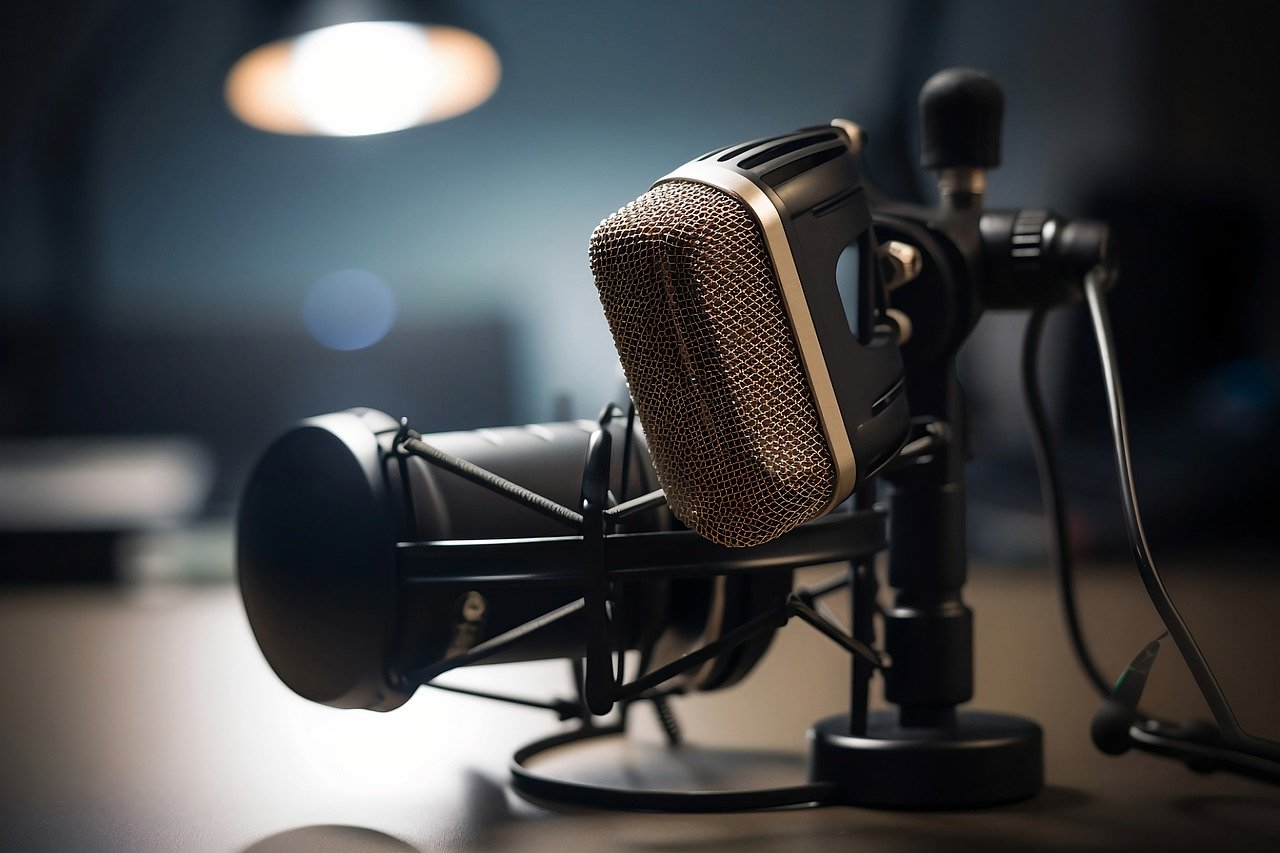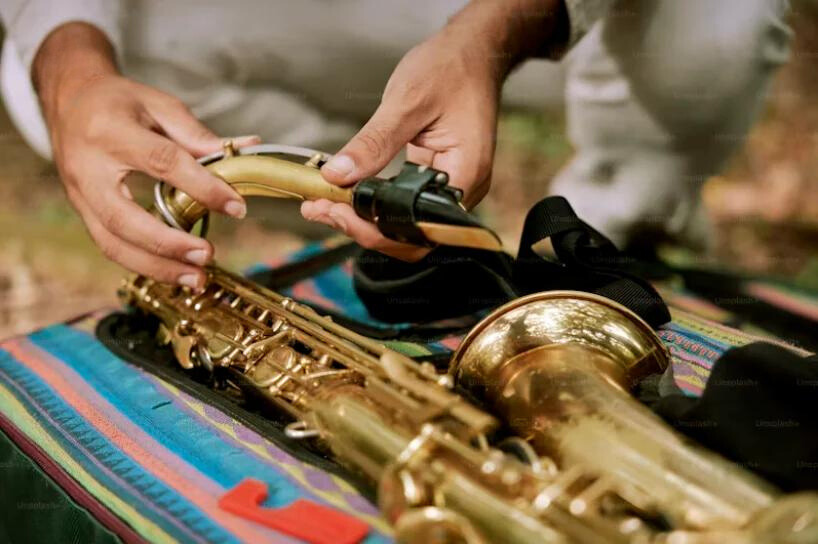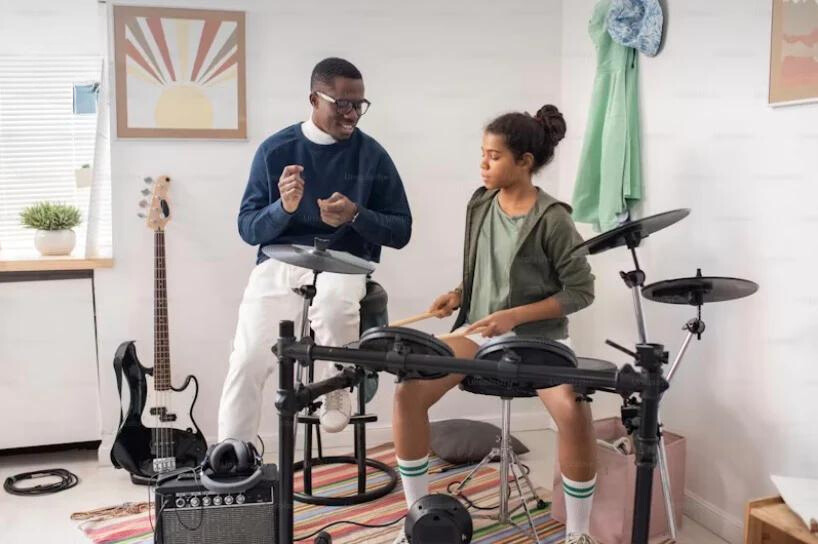The historical development and cultural significance of piano
1. Predecessors: The Foundation of Keyboard Instruments (14th Century - 17th Century)
-
String Keyboard Instruments: The piano's direct ancestors fall into two main categories:
-
Struck String Instruments: Produce sound when a metal tangent strikes the string (e.g., Clavichord). Volume is soft, but subtle tone variations (similar to vibrato) are possible through finger pressure.
-
Plucked String Instruments: Produce sound when a quill or leather plectrum plucks the string (e.g., Harpsichord). Louder than the clavichord with a bright, clear tone, but unable to change volume through finger touch (dynamic changes relied on switching stops/registers).
-
-
Demand Drives Innovation: The development of musical expressiveness during the Baroque period, particularly the demand for nuanced emotional expression (e.g., the rise of opera), placed new demands on keyboard instruments: the ability to directly control volume and tonal nuance through the force of finger touch on the keys. This was the key limitation the harpsichord could not overcome.
2. Birth and Early Development (c. 1700 - 1770)
-
Cristofori's Breakthrough (c. 1700, Florence, Italy): Bartolomeo Cristofori is credited as the inventor of the piano. Working for the Medici family in Florence, he made revolutionary innovations based on the clavichord and harpsichord:
-
Core Invention: The Escapement Mechanism: This is the soul of the piano. After striking the string, the hammer immediately rebounds (unlike the clavichord's tangent which remains pressed against the string), allowing the string to vibrate freely and produce sound. Simultaneously, the rebounding hammer is caught by the escapement mechanism, preventing it from bouncing back and restriking the string (unless the key is fully released).
-
Hammer Action: Used leather-covered wooden hammers instead of the harpsichord's plectrum or the clavichord's tangent.
-
Dampers: When a key is released, a damper falls onto the string to stop its vibration; when a key is pressed, the damper lifts, allowing the string to vibrate freely.
-
Effect: This mechanism allowed the player to directly influence the force with which the hammer struck the string by controlling the speed and force of the key press, thereby producing a rich range of volume (piano - forte) and tonal variations. Cristofori called it "Gravecembalo col piano e forte" (harpsichord with soft and loud), later shortened to "Pianoforte" or "Piano".
-
-
Early Spread and Improvement:
-
Cristofori's design initially received little widespread attention.
-
German organ builder Gottfried Silbermann began making pianos in the 1730s (likely based on Cristofori's designs) and had J.S. Bach try them. Bach initially criticized the weak treble and heavy touch, but Silbermann persisted with improvements, and Bach later became a sales agent for his pianos.
-
Other European makers (like Friederici in Germany, Zumpe in England) joined in manufacturing and improving the instrument, developing distinct schools (e.g., German/Viennese action, English action).
-
3. Maturation and Popularization in the Classical Period (1770 - 1820)
-
Structural Evolution:
-
Hammer materials improved (from leather to multi-layered felt covering).
-
String tension increased, and the compass widened (from Cristofori's 4 octaves to 5 or more).
-
Pedal systems emerged and were refined: the Sustain Pedal (right pedal, lifts all dampers) and the Soft Pedal (left pedal, shifts hammers to strike fewer strings or reduces hammer strike distance) became standard.
-
-
Viennese vs. English Action:
-
Viennese Action: Lighter mechanism, shallower key touch, clear and bright tone, highly responsive. Favored by Mozart and early Haydn.
-
English Action: Developed by Johannes Zumpe and later, significantly, by John Broadwood in London. Heavier mechanism, larger hammers, sturdier soundboard, producing a fuller, more powerful tone with greater volume. Better suited to larger venues, enabling Beethoven's powerful style. Broadwood continually expanded the compass (reaching 6 octaves by Beethoven's time).
-
-
Composer Influence: The works of Haydn, Mozart, and especially Beethoven demanded greater power, range, and expressiveness from the piano, directly driving manufacturing advancements (e.g., stronger structures to withstand Beethoven's "hammer-like" playing).
4. The Industrial Revolution and the Shaping of the Modern Piano (1820 - 1900)
-
Core Revolution: The Cast Iron Frame:
-
1825: American Alpheus Babcock in Boston patented the first full cast iron frame (for square pianos).
-
Significance: The cast iron frame could withstand immense string tension (increasing from early instruments' ~1 ton to nearly 20 tons in a modern concert grand). This allowed for thicker, longer strings under higher tension, producing a louder, richer, more sustained tone with greater tuning stability.
-
-
Overstringing (Cross-Stringing):
-
Proposed by Henry Pape, perfected and widely applied by Henry Steinway Jr. and others.
-
Principle: Bass strings run diagonally over and across the treble strings.
-
Advantages: Efficiently uses the soundboard area for fuller resonance; allows for longer bass strings, improving bass tone and volume; enables a more compact structure (especially for grands).
-
-
Double Escapement (Repetition Action):
-
Invented by Sébastien Érard (patented 1821).
-
Function: Allows a hammer to quickly restrike a string without the key needing to fully return to its resting position, dramatically increasing the action's repetition speed (capable of over 10 strikes per second), meeting the demands of virtuosic Romantic repertoire.
-
-
Modern Action Perfected: Steinway & Sons (Henry Sr., Henry Jr., William, C.F. Theodor Steinweg / Steinway) in the mid-19th century combined the cast iron frame, overstringing, double escapement, and refined action design (like improved "double repetition") to establish the fundamental construction of the modern concert grand piano, a standard largely unchanged today.
-
Rise of the Upright Piano: The Industrial Revolution enabled mass production, making the more compact and affordable upright piano widely accessible to the middle class by the late 19th century. It became central to domestic music-making and education.
5. 20th Century to Present: Diversification and Electronics
-
Refinement of the Acoustic Piano: Modern concert grands (e.g., Steinway, Bösendorfer, Fazioli, Yamaha CFX) represent the pinnacle of materials, craftsmanship, and acoustic design, pursuing richer tonal layers, more responsive touch, and greater stability.
-
Rise of Electronic Pianos:
-
Electric Pianos: Emerged 1920s-1960s (e.g., Rhodes, Wurlitzer), using struck metal tines or reeds amplified electromagnetically, possessing distinctive tones.
-
Digital Pianos: Rose to prominence from the 1980s onward, using digital sampling technology and electronic sound generation to emulate acoustic piano tone and touch. Portability, no tuning required, volume control, multiple sounds, and features are key advantages; technology continuously advances towards high-end acoustic piano quality.
-
-
Hybrid Pianos: Combine an acoustic piano's keyboard and action with a digital sound source, offering traditional touch with modern functionality.
-
Player Pianos: Continue the tradition of "automatic playing," evolving from early paper roll pianos (Pianola) to modern electronic control systems.
The Cultural Significance of the Piano
The piano's history is not just technological but deeply cultural:
-
Composers' Instrument: It was the central creative tool for countless masters including Bach (late works), Haydn, Mozart, Beethoven, Schubert, Chopin, Liszt, Schumann, Brahms, Debussy, Rachmaninoff, generating vast repertoires of solo, concerto, and chamber masterpieces.
-
Heart of the Home: Became a standard fixture in middle-class households during the 19th-20th centuries, vital for domestic entertainment, socializing, and music education.
-
Educational Cornerstone: Remains one of the most fundamental instruments in music education; learning piano is considered foundational for understanding music theory, harmony, and counterpoint.
-
"King of Instruments": Its vast compass (covering almost the entire range of the orchestra), rich harmonic capabilities, ability to play melody and accompaniment simultaneously, and the direct control of tone and dynamics through touch earned it the title "King of Instruments."







